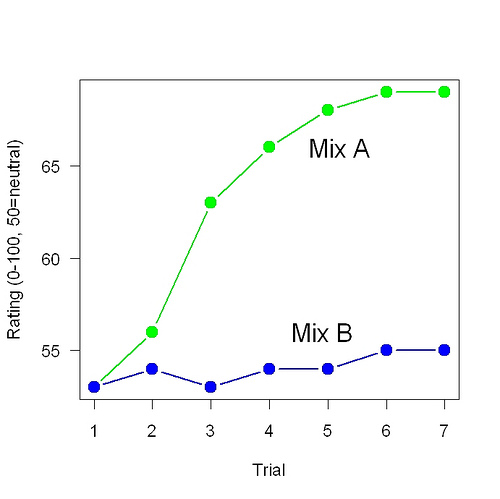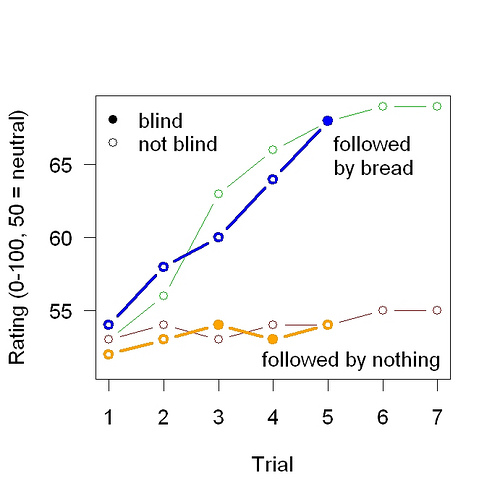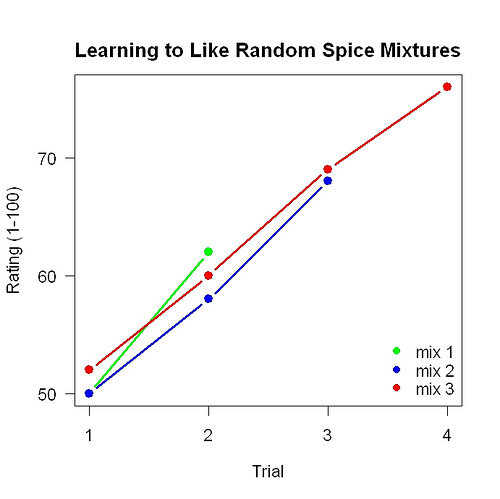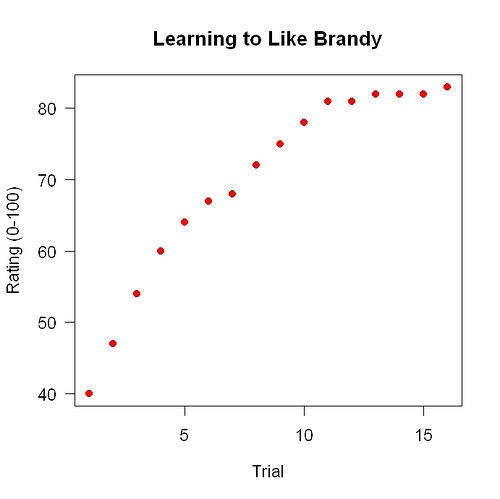A new longitudinal study finds:
Despite conventional advice to eat less fat, weight loss was greatest among people who ate more yogurt and nuts, including peanut butter, over each four-year period. . . .
That yogurt, among all foods, was most strongly linked to weight loss was the study’s most surprising dietary finding, the researchers said. Participants who ate more yogurt [than the average for all participants?] lost an average of 0.82 pound every four years.
Why might this be?
Yogurt and peanut butter are both unusual foods. Yogurt is strange because unflavored yogurt has little or no smell. It tastes good for other reasons: strong sourness, creaminess, and coolness. People are also pushed to eat it not only by how pleasant it is to eat but by the thought that it is good for them. Most foods, in the form that we eat them, have a smell. I explain the yogurt results by saying that yogurt consumption replaced consumption of foods with stronger smells.
Peanut butter is unusual because when I was visiting publishers to sell The Shangri-La Diet, I met a woman who told me she had lost weight simply by eating peanut butter — that is, by adding peanut butter to the rest of her diet, making no other changes. I think she ate about 3 tablespoons per day. This predisposed her to think there might be something to my ideas. No one has ever told me such a story about another food. If peanut butter has a smell, it’s really weak. It’s pleasant to eat because of fat content and texture. When I was a boy, my mom made me peanut butter sandwiches (no jam) for school lunch. I never came to like them. This implies I never learned a smell-calorie association. The bread must have supplied a strong fast calorie signal so this implies that the peanut butter generated little or no smell signal.
Thanks to Eri Gentry.




